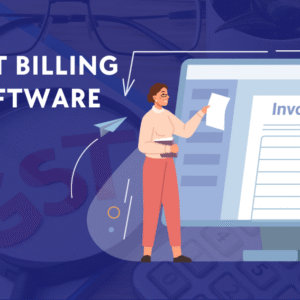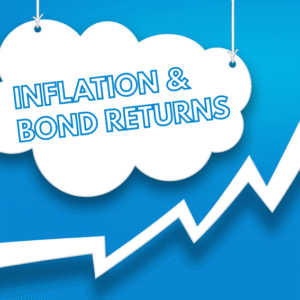Grant writing is the practice of applying for funding provided by an institution such as a government department, corporation, foundation or trust. In order to be awarded a grant, your organization must write and submit a proposal to be eligible for receiving funding. A grant management proposal typically will request funding in order to support activities and programs that are consistent with a nonprofit organization’s mission.
Every thorough grant management proposal contains seven categories of information. Because funders use different terms for the same concepts, understanding these basics will help you interpret funders’ application guidelines. These concepts will also provide you with an outline of how to write a nonprofit grant management proposal when no guidance is provided.
Summary
Keep it short, obey the foundation’s guidelines for word count and formatting. Be impassioned, don’t be afraid of emotion, yet don’t go overboard, remember to be clear, concise, and thoughtful. Avoid using the personal pronoun “we,” instead write about “the organization” or “the program”. Be clear about the program’s goals. Be clear about a timeline and state exactly who, how, and how many people or what will benefit from the foundation’s support.
Introduction
The first step in writing your proposal is to determine why you need a grant. Define the nature of the project and how it will be conducted. The timetable for the project, the anticipated outcomes,
evaluating the results and staffing and volunteer needs.
Description
Provide a factual, well-documented description of the situation your organization will address. Tell the funder what concerns you, why it matters, and why it’s happening. This information lays the foundation for the outcomes you’ll propose and the activities you’ll implement. Be sure it’s clear and strong.
Outcomes
Outcomes are the benefits that will be produced as a result of the outputs. In other words, what changes will happen? What impacts will result from the outputs being conducted? For example, participants in a program may increase their knowledge on an issue, learn a new skill, or change their behavior. The most desired outcomes are those that have long term and far-reaching impacts. Some examples of long term impacts are improved community health or safety, higher income levels, and upgraded environmental quality.
Plan
Describe how you’ll assess your work. How will you track whether activities are rolling out as planned? How will you examine whether the activities are producing the expected outcomes?
Impact
Tell how your organization’s work will continue to produce impact beyond the period of grant funding. While this may mean a plan to keep the entire program in place, that’s not always the case. All program elements may not be essential for continuing impact, or perhaps other community groups will take over part of the work.
Budget
Pick a grants management system, including both expenses and revenue. Categorize your costs in a way that makes sense. Make sure costs tie in with your narratives. Use real numbers and make sure your numbers add up. Show the funder what costs they’re covering. Finally, be realistic about the grant amount you’re requesting.






